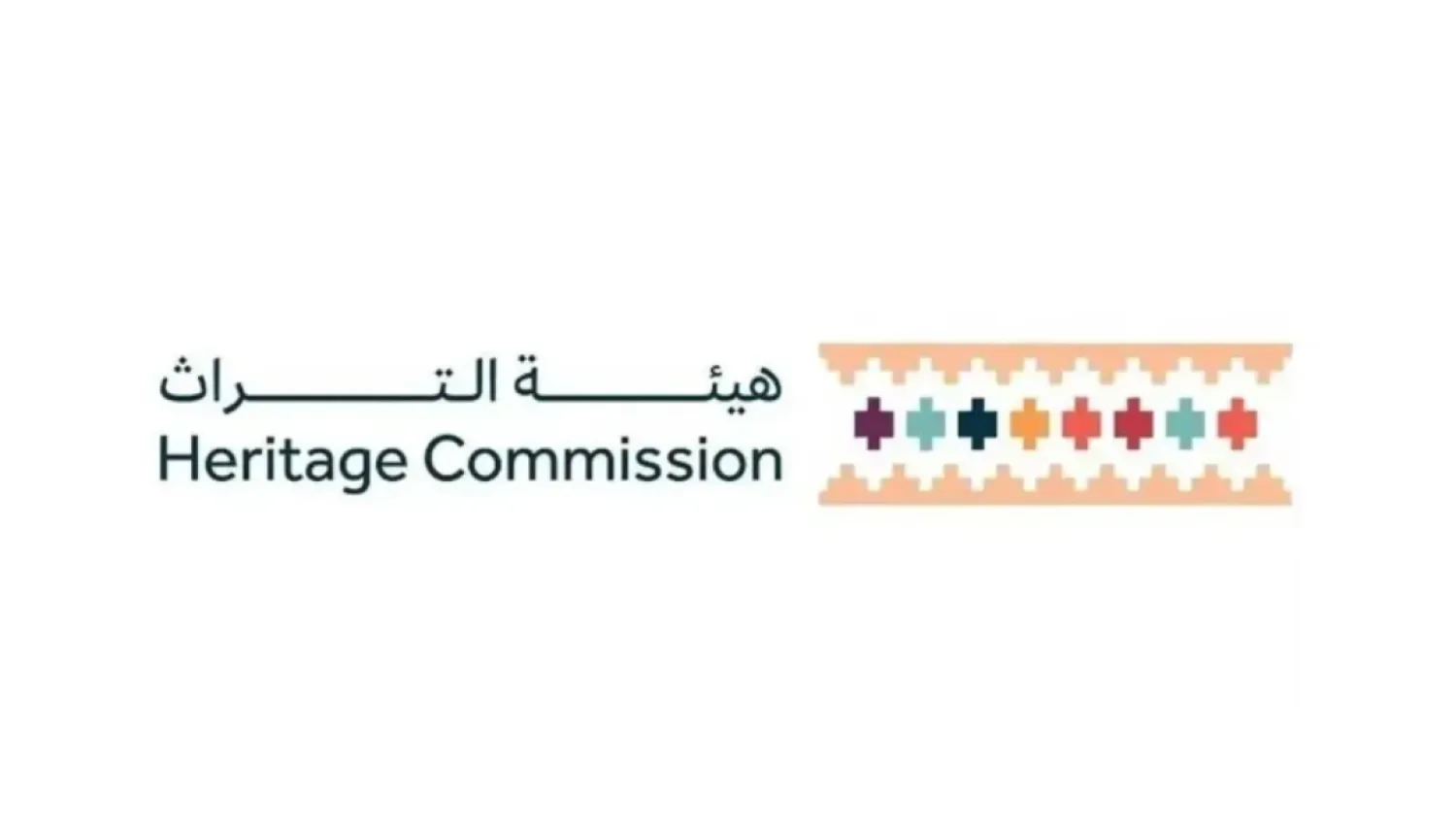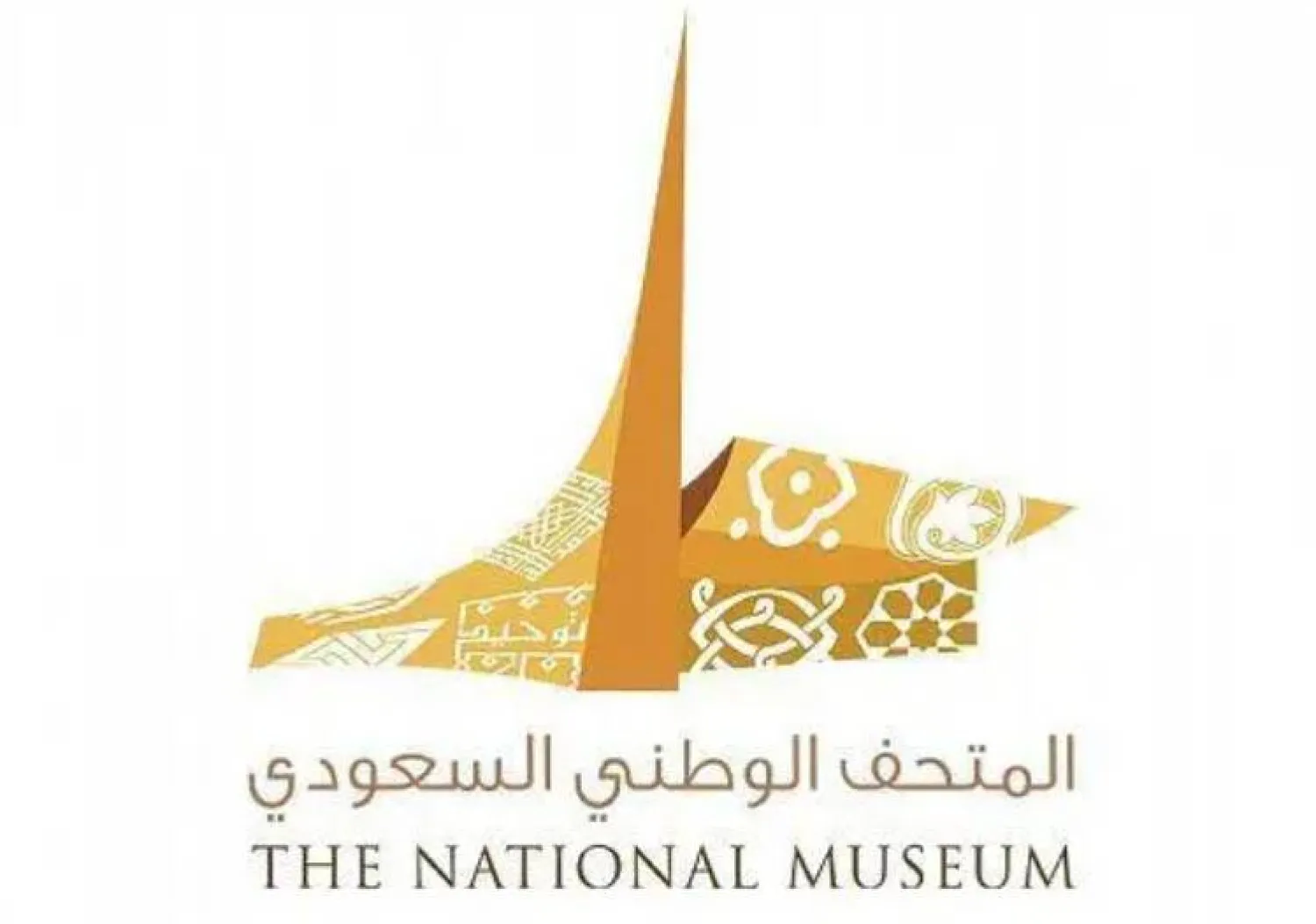A book of insights, reflections and recollections of memories of growing up in Beirut, and the pain of separation and nostalgia, is to be released soon by Dar Nelson Publishing House. It comes as the Lebanese capital is in the midst of one of the darkest moments of its history and attempts to resurrect the city and revive hope in its soul.
Interestingly, the book entitled “The Beirut Quartet”, presents itself as a series of odesto the tormented city. It was written between 2014 and 2019, and was complete before the terrible blast that struck Port of Beirut. But, to its readers, the book appears to have been born out of their suffering, not that of the recent past.
The book’s author, a Lebanese expat by the name of Faris al-Haramouni al-Mahajri, wrote its odes from his distant home. He recollects his childhood and the days of his life and contemplates the many faces of his city and its neighborhoods; he addresses it:
“You cannot be done without ... the enchanter of history and the incubator of my youth
From you come sailing boats... laurel, basil, and elderberry
Ishtar, Adonis and their disciples
And the cedar wood of divine shrines
The queens dreamed of you as a crown on their heads
They left mourning, bewildered
Because they did not reside in you.”
In the book, the author recalls Beirut’s landmarks. He almost tours the city street by street and monument by monument.
“The Evangelical Church, the Americans’ School, Hamra Street, Raouche’s Cafes, Horse Shoe, Fairouz’s Piccadilly, sycamore trees, chinaberry trees, gardens of basil and lemon trees, jasmine bushes and cactus trees. The tramway, Faysal’s for wealthy Arabists and Saber, the king of falafel, for poor students, Uncle Sam for the Americans, the shores’ lighthouse, the sunset’s magnificence and the waves’ radiance.”
Like locations, he recalls people, addressing his capital saying: “They departed and left you behind; they were not all Lebanese, it is not just Gibran, Rihani, Naima, Onsi al-Hajj, Shoushou, Youssef al-Khal and Poetry Magazine that left, but also Zorba Kazantzakis, Laurence Daryl, Pablo Neruda, Camus and De Gaulle... referencing Beirut’s historical and cultural junctures bringing together figures and events of the East and the West.
After the flood of names that have passed through the city, the author stops at the final a juncture where “only Fairuz’s ballads bring hope. She sings and prays for invigoration, for a Beirut reinvigoration that one day revives all deities, the youngest, the eldest and those in-between, their clay, their gold and their marble, brides of the murex red jinn (genies), the blue-and-white scarfs, the philosophers, every whim and approach, and the splendor of colors, so that the people are lifted with them and sing along with them, at the top of their lungs, building and creating.”
The odes oscillate between description and emotion, reproach and hope, and praise and condemnation. The book is an amalgamation of sentiments, and its author wanted them to be personal to the same extent that it evokes collective memories. It is perhaps the kind of book that appeals to millions of Lebanese expatriates, including the book’s author. It wanders between events, evokes the paths of the stars of modern times, Beirut’s cultural junctures, and surveys its flora, flowers, trees, and even its stones and the rocks on which its first buildings and structures were built. Thus “it was perfumed with rose water and basil, crowned with roses and murex, it was adorned, ornated, exhilarated and educated with letters and knowledge.
He concludes with sentimental words for his suffering capital: “Enlighten the sinners’ minds, expel the evils stalking us from all sides, shower us with good deeds, and present yourself as our mother and mediate among us.”









